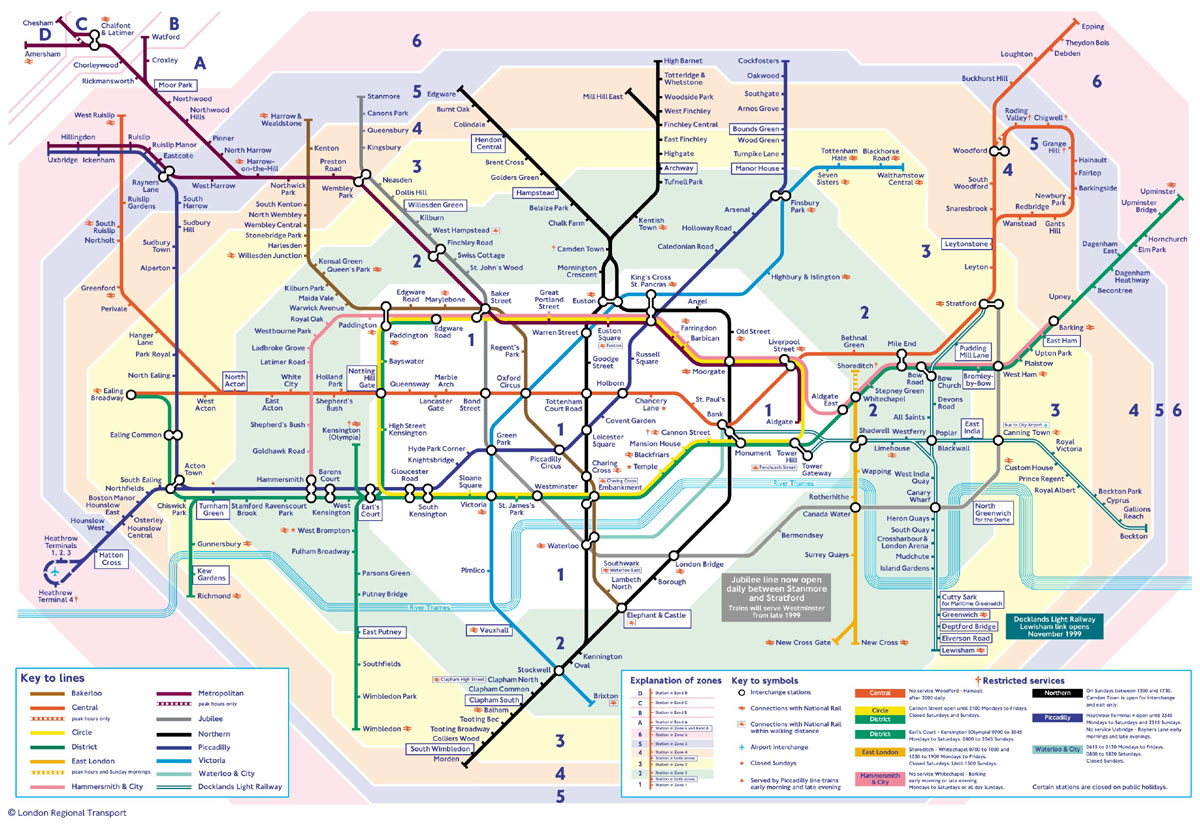AlvinofDiaspar
Moderator
I hear you. But the point is that we're not reinventing the wheel. We can look at Vancouver, New York, London, Paris; on and on, places where they have various forms of fare integration. Toronto's position - to be clear- is they want NO fare integration. Or, to be a little fair, no fare integration without a fare subsidy which is not entirely unreasonable, as a position. But their starting position is NO change, just like with Presto they would have kept using
tokens until kingdom come (unless you believe the belated "open payment" dog and pony show they put on).
The open payment dog and pony show is exactly what other systems, like TfL is moving to. Presto is frankly yesterday's technology. As to comparison with other systems with fare integration - without an understanding how the finer details of financing, subsidy and governance, merely saying that it's been done elsewhere is meaningless.
As for 416/905 commuting, there are screenline counts that show how many people go between the regions.. I've seen them but maybe some pros know where to find them. I don't know the numbers are equal but they're definitely more than 416 pols think and the trend of 416-->905 trips is certainly increasing consistently over the years, I think it's safe to say.
Let's not pretend that reverse commuting by public transit is the dominant mode - public transit isn't even the dominant mode of local commutes in said area. It's safe to say the trend in on the rise just because the starting point is so low.
I think the larger point is that one way of reducing stress on the current radial system is to encourage cross-border trips and off-peak trips and that there are already lots of off-peak, and reverse-commuting trips that are not served by the current system. A good system would create overall fairness, even if some people who now benefit would no longer do so.
What's "overall fairness", exactly? The fact of the matter is TTC makes up the greatest majority of regional transit trips - if one goes by the measure of "fairness" by users, a negative impact to that would be obviously unfair, no? Why should a stressed system that has fairly high, proven ridership be asked to borne the cost of reverse commuting trips to destinations that are by and large low-density, with little to no record of high transit modal share and requires large amounts of subsidy to be competitive? I am all for lowering the per-ride add-on cost for cross-border trips, but at the end of the day I think the revenue differential should be covered through a regional transportation tax applied to everyone living in the region.
AoD
Last edited:






